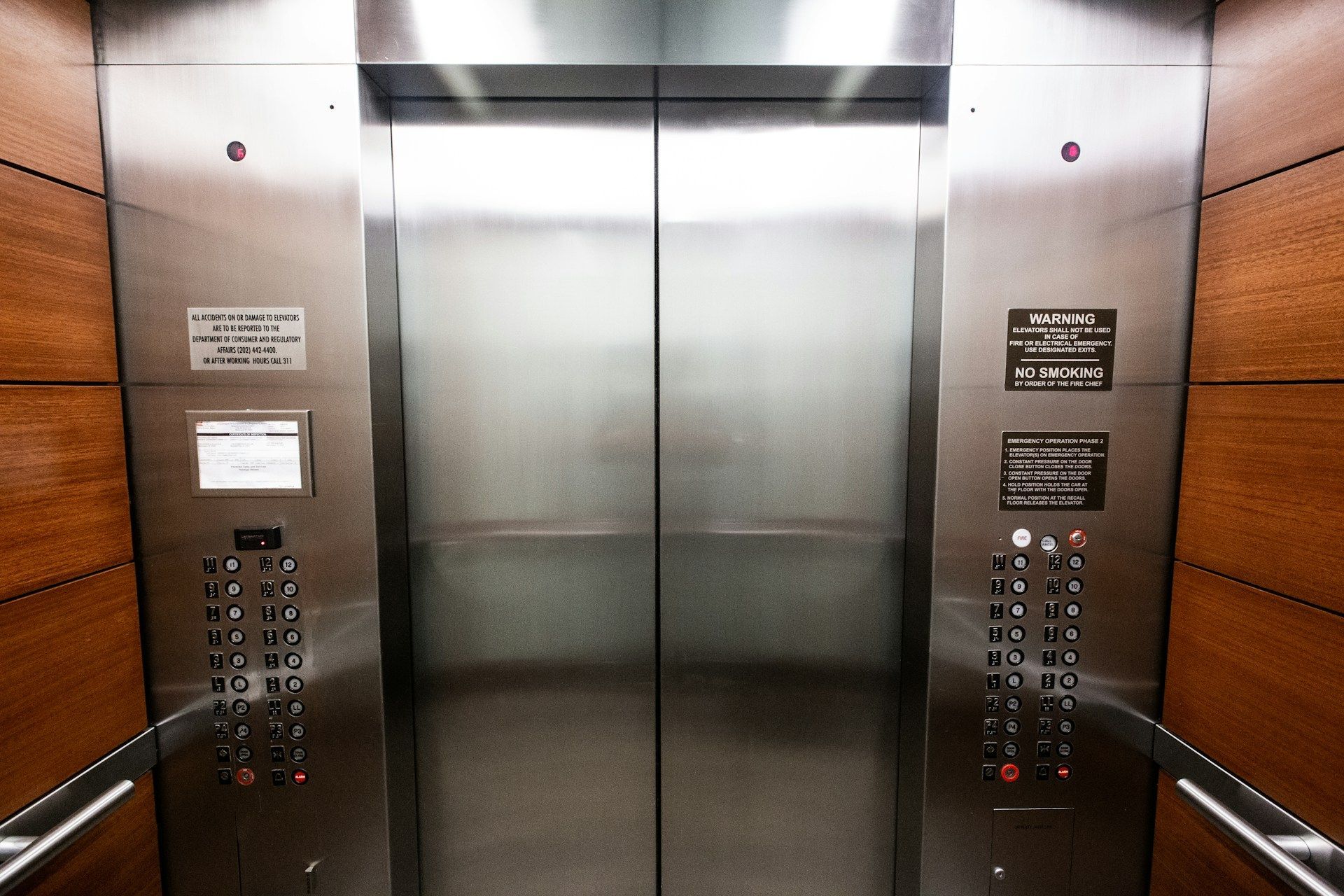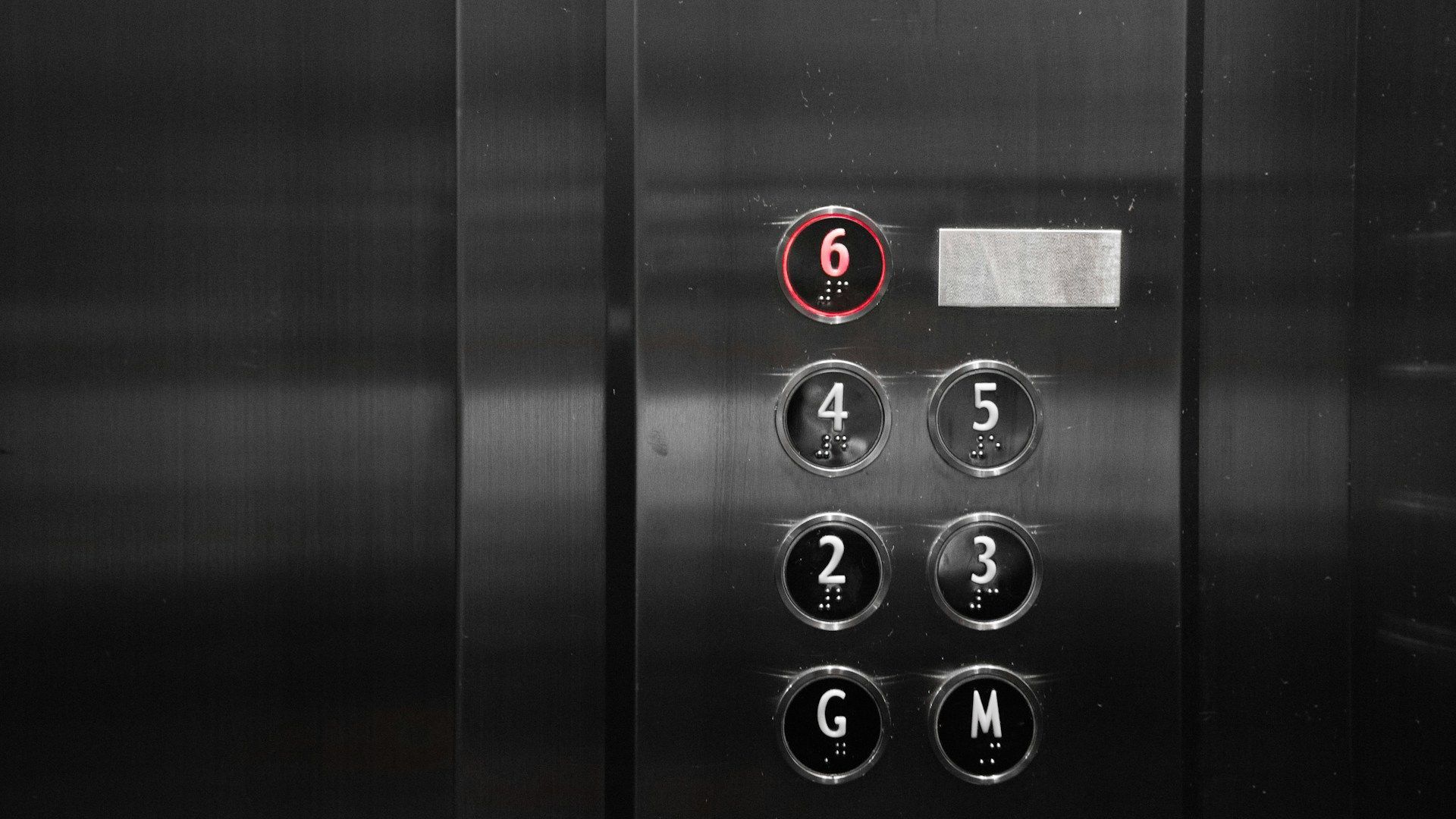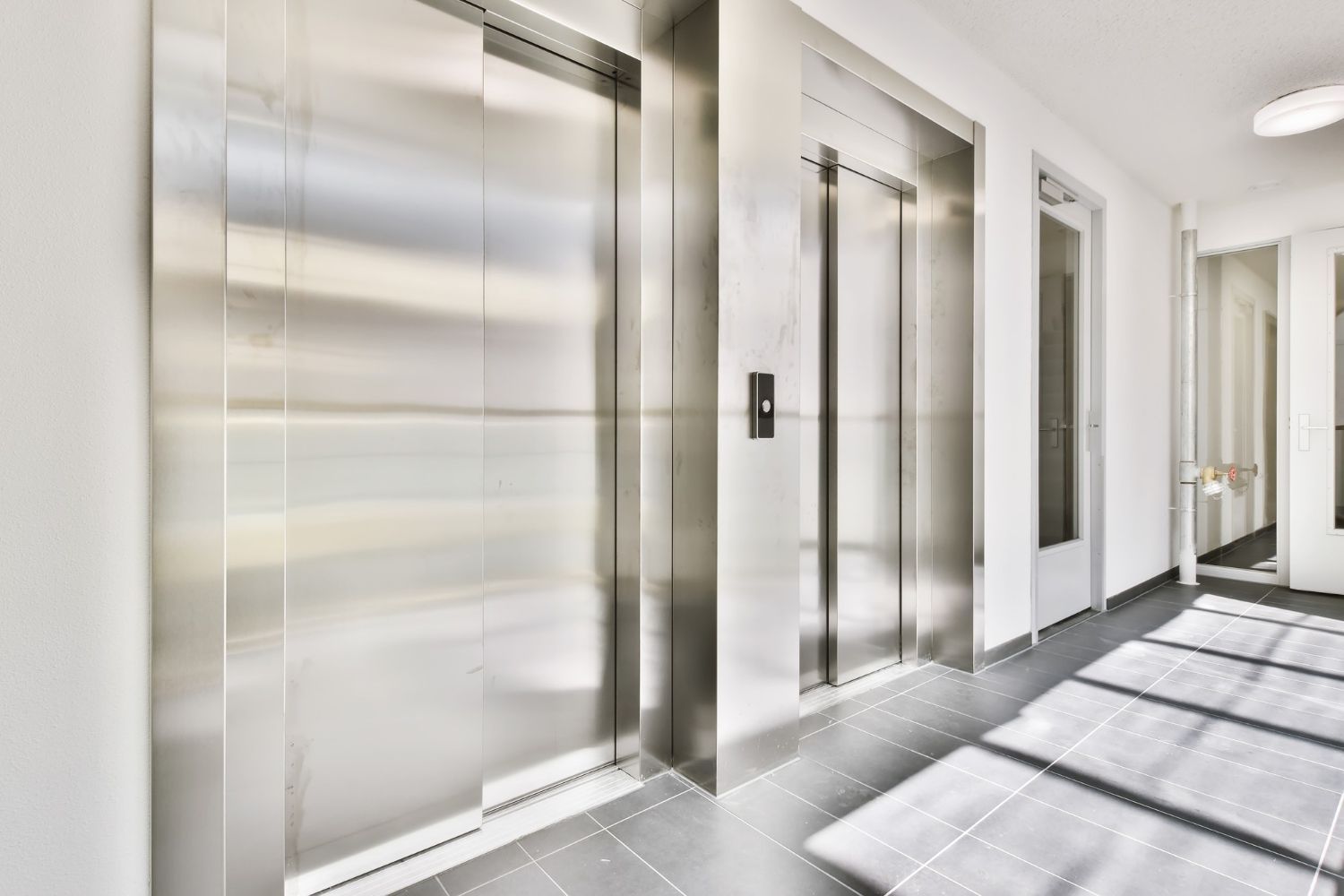Common Myths About Elevator Safety Debunked
Many people feel a bit uneasy about elevators. Maybe it's the enclosed space or stories they’ve heard. Elevators are essential in our daily lives, especially in tall buildings. Yet, worries about their safety often arise. Are new installations really unsafe? Can we trust their maintenance and repair? These concerns, though common, often stem from myths and misunderstandings.
Elevators undergo strict safety checks. Expert technicians make sure everything is up to standard. Understanding these facts can help clear up fears. Plus, elevators now come with smart features that boost safety. Seismic detectors and emergency brakes are just some of the innovations that keep passengers secure. By shedding light on the myths, we can trust elevators to be both safe and reliable.
Elevator Installations: Are They Really Unsafe?
Many folks worry about new elevator installations, imagining they've seen news about malfunctions or accidents. However, these fears often come from misunderstandings. New technology in elevator systems makes them safer. Before any elevator begins operation, it must satisfy strict codes and regulations that make sure it's safe to use.
Elevator standards are quite thorough. They include checks for every part, from cables to emergency systems. Inspectors verify that everything works properly before the elevator is ready for passengers. This rigorous process helps prevent accidents and keeps users safe. It’s like having a safety net securely in place.
You can trust that expert technicians play a big role during installations. These professionals have years of experience and know elevators inside out. They follow detailed plans to ensure every part is fitted correctly. After installation, they run tests to confirm the elevator is performing optimally. This step-by-step approach ensures new systems are reliable and secure right from the start.
It's important to understand that these security measures aren’t optional—they’re required. So, passengers can ride with confidence, knowing that safety is always a top priority in new elevator installations.
Fact vs. Fiction: Elevator Maintenance Myths
There are many myths about maintaining elevators. Some people think maintenance is super costly and needs to be done every month, but this isn’t true. Many believe that once an elevator is installed, it'll run perfectly without any upkeep. This belief can lead to bigger problems later.
Actually, regular maintenance checks are crucial. They prevent small issues from becoming major headaches. Scheduled check-ups ensure that everything works as intended, keeping everyone safe. Here’s what typical maintenance includes:
- Inspection of Cables and Pulleys: Ensures they're in good condition and free from wear.
- Testing Safety Systems: Confirms emergency brakes and alarms function properly.
- Checking Electrical Components: Makes sure wires and circuits are intact.
Undergoing routine maintenance not only keeps elevators safe but also makes them efficient. Catching something that could go wrong early means fewer disruptions. Technicians look for minor faults and fix them before they cause trouble. This keeps elevators running smoothly for years.
Remember, the goal is not just to fix what breaks but to stop things from breaking in the first place. By understanding maintenance myths, you can see that upkeep is more about safety and less about inconvenience or cost.
Unpacking Repair Misconceptions
Many people believe that elevator repairs drag on and disrupt their day. It's easy to think that fixing an elevator is a long and messy process. This misconception can stem from a lack of understanding about how the repair process actually works. In reality, with expert handling, repairs can be swift and effective.
When problems arise, prompt repairs are key. Addressing issues right away prevents them from escalating into more complex problems. Waiting too long could lead to more downtime and inconvenience for building users. Early intervention keeps elevators running smoothly and minimizes disruptions to daily routines.
Additionally, elevator repairs are often flexible. Technicians can schedule repairs at times that are convenient for building occupants, sometimes outside of peak hours, to reduce impact on daily operations. New techniques and technology also make repairs faster. For instance, advanced diagnostic tools quickly pinpoint issues so they can be expertly resolved without unnecessary hassle.
Repairs might seem daunting, but understanding these facts can bring peace of mind. Efficient scheduling and clever solutions ensure that elevator repairs contribute to limiting downtime while maximizing safety and reliability.
Modern Safety Features You Didn’t Know About
Elevators have come a long way from their early designs, and today's models are packed with advanced safety features. These improvements aim to address old concerns and boost safety, giving users more confidence while riding. Let’s explore some of the modern technologies in elevators.
One of the coolest features in many elevators is the seismic detector. These devices sense minor earth tremors and halt the elevator safely, keeping passengers secure. Another vital feature is the emergency brake system. If something goes wrong, the brakes activate immediately to prevent a fall.
Elevators also come with backup power systems now. In the event of a power outage, these systems kick in to keep the elevator operational, allowing it to move to the nearest floor and open the doors. This ensures that no one gets stuck if the building loses electricity.
These improvements show elevators are built with safety as a priority. By integrating advanced technologies, modern elevators effectively address earlier safety issues. Knowing about these features can soothe any worries about using elevators, reassuring passengers about their reliability.
Conclusion
Understanding elevator safety myths and realities helps fade any doubts or fears. Installations follow strict safety standards, and routine maintenance ensures everything remains in top shape. Repairs may not be as disruptive as perceived, especially with advanced techniques and flexible scheduling. Moreover, modern safety features are there to protect passengers, demonstrating a commitment to their well-being.
For those living or working in high-rise buildings, elevators are indispensable. Knowing the safety measures in place allows you to board with confidence. Whether it's a new installation, a routine check, or an unexpected repair, the goal is to keep elevators dependable and secure.
If you've been worried about elevator safety due to myths, it's time to reconsider. At Elevator Solutions Inc., we're passionate about demystifying these misconceptions and providing reliable, safety-focused
elevator service. Let us be your partner in ensuring seamless and safe elevator experiences in the Midwest. Connect with us today to learn more about how we can help meet your elevator needs.



